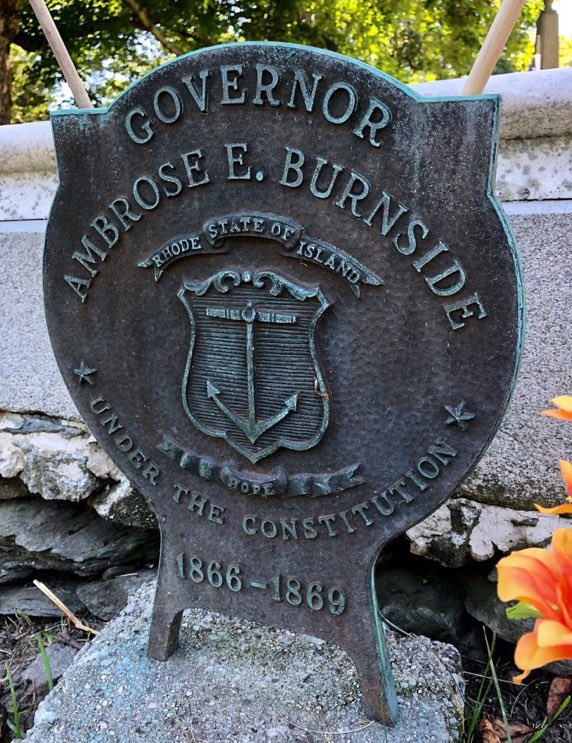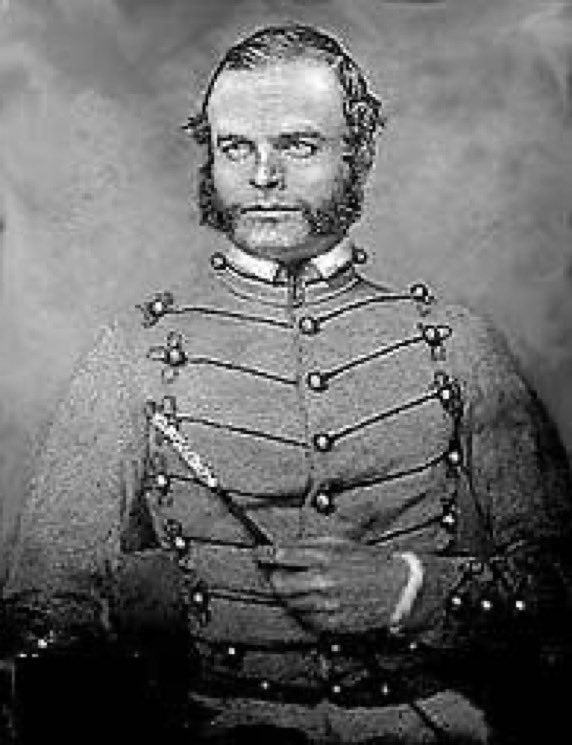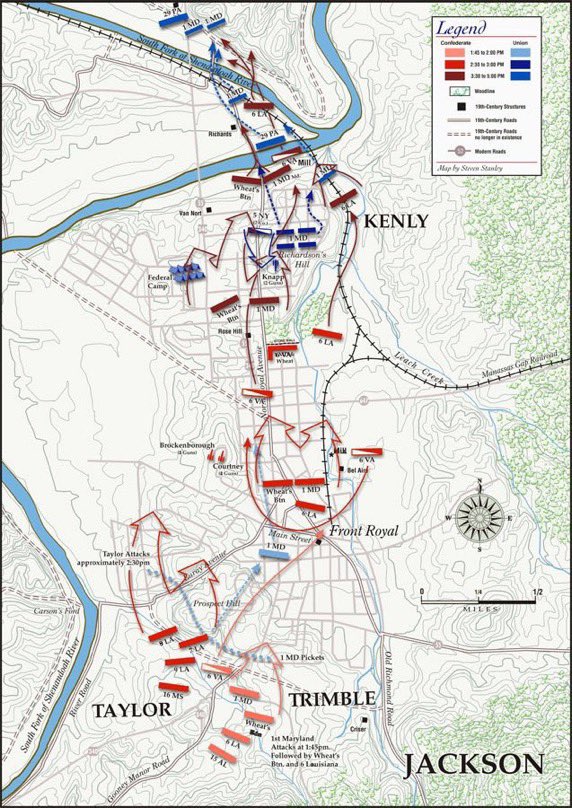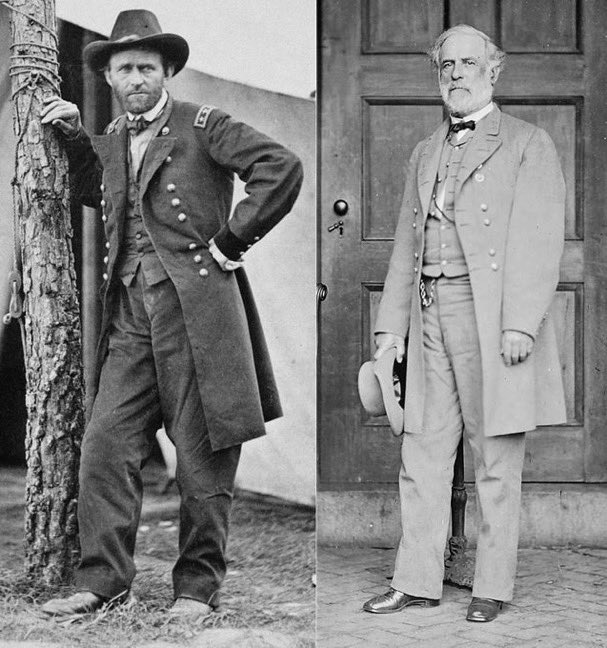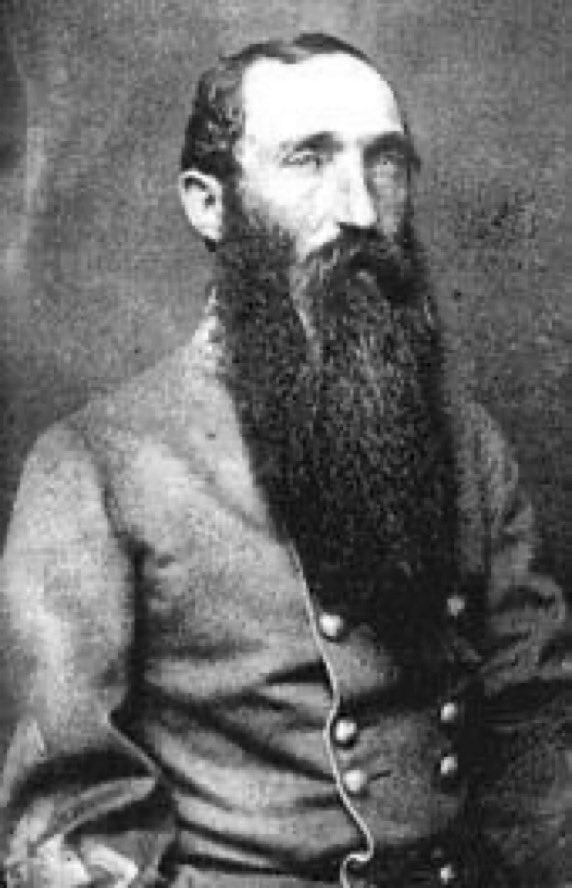#OTD in 1865, President Abraham Lincoln was shot in the head by actor John Wilkes Booth while attending the play “Our American Cousin” at @fordstheatre in Washington, DC. It was less than a week after the surrender of Robert E. Lee’s army had effectively ended the #CivilWar. 





Booth, an ardent confederate sympathizer and famed actor, had refused invitations to the White House that Lincoln had extended after seeing him perform. He wrote in his diary in March, 1865, that he missed an opportunity to kill Lincoln when he attended his second inauguration. 



Booth and others had been discussing plans for several weeks to kill or abduct Lincoln in an attempt to force better terms for the confederacy. When he learned on the morning of April 14 that Lincoln would be attending the play, he decided to make the attempt that night. 


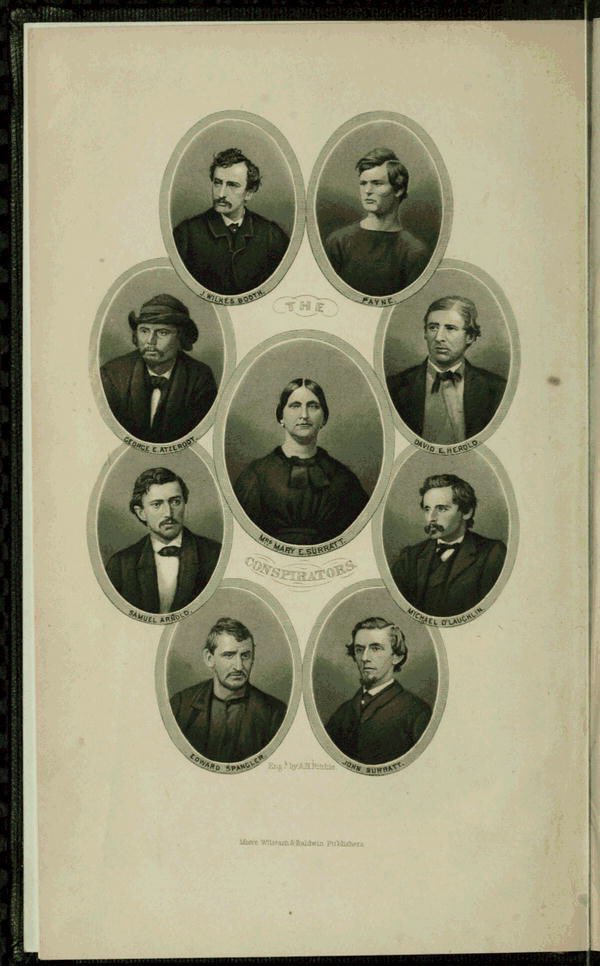


As a well known actor Booth was able to access the President’s box without arousing suspicion. He found it unguarded, the policeman assigned to stand guard having left at intermission to drink at a local bar. Booth timed his entry to coincide with a large laugh from the audience. 



Using a derringer pistol, he stepped into the box behind Lincoln and shot him behind the left ear as he laughed. Major Henry Rathbone, in the box with his fiancée as the President’s guests, attempted to arrest Booth, but was stabbed in the arm. 







Booth escaped by leaping to the stage below. His spur caught in the flag at the front of the box, causing him to land awkwardly and injure his leg. It’s generally believed that he yelled “Sic semper tyrannis (Thus always to tyrants)” to the audience before leaving the theater. 



Lincoln was taken to a home across the street from the theater, where his wound was determined to be mortal. He died the following morning. Secretary of War Edwin Stanton, at the moment of Lincoln’s death, reportedly said, “Now he belongs to the ages.” 

• • •
Missing some Tweet in this thread? You can try to
force a refresh




